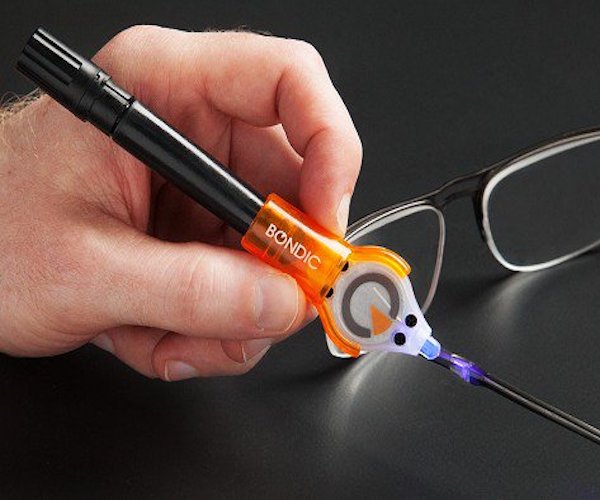All You Need to Know About Reverse Mortgages
When you hear the word mortgage, it’s usually tied to negative thoughts. A large number of people are affected by mortgages owing to lenders that use ruthless practices and cause borrowers to land into debt. Normally, there’s not much you can do about it. But if you’re a senior citizen, there is some hope in the form of a reverse mortgage.
What is a Reverse Mortgage?
Just like its name implies, a reverse mortgage allows you to turn your property and home equity into cash without having to pay monthly payments.
How Does a Reverse Mortgage Work?
In a reverse mortgage, the lender will pay the borrower a sum of money in exchange for property as collateral. Payments are either made in installments, line of credit, or a lump sum.
How Much Money do you get from a Reverse Mortgage?
The amount of money you can receive as a borrower depends solely on the plan that you have opted for. There are different types of plans on offer and your reverse mortgage payout will reflect this.
How do you Become Eligible for a Reverse Mortgage?
In order to be eligible for a reverse mortgage, you have to be at least 62 years old or older to qualify. Your house also has to have enough equity value to qualify. Existing mortgages will need to be paid off as well as paying property taxes and insurance regularly.
How do you Settle a Reverse Mortgage?
When the loan is due, you have two options that you can use to settle the mortgage. You can either pay it off and keep your house or let it be sold to cover the cost. If the house sells for more than the amount, then you get to keep the remainder.
Where do you Apply for a Reverse Mortgage?
To get a reverse mortgage, you can go to a local mortgage broker or head to lending institution that can help you apply for a reverse mortgage. Once you’re deemed fit to be eligible, your application will be processed and signed up.

